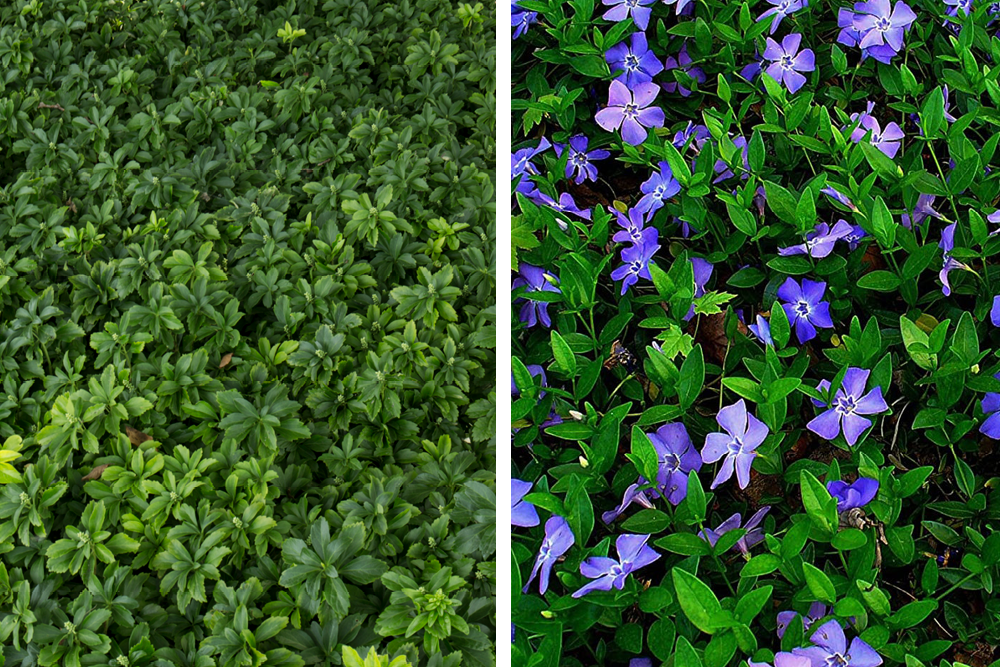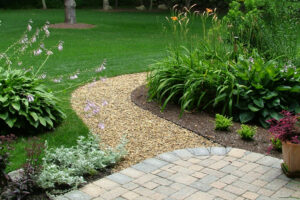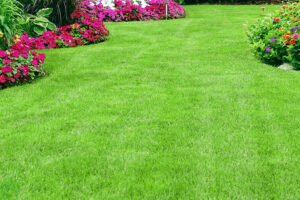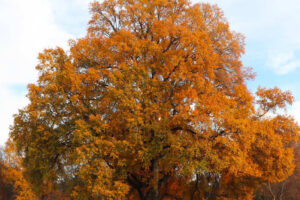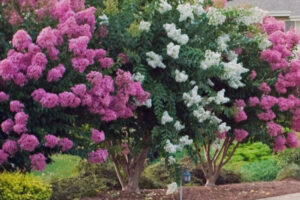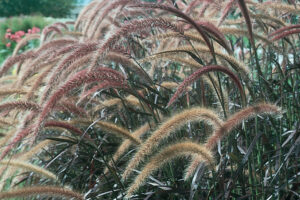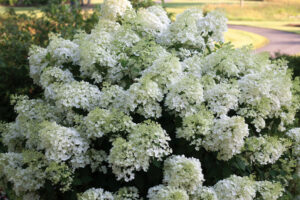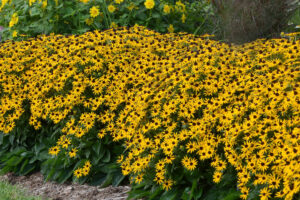Pachysandra (Pachysandra terminalis)
1. Botanical Background: Pachysandra, also known as Japanese Spurge, is a member of the Buxaceae family. It is native to Japan and parts of China. Pachysandra comprises only a few species, with Pachysandra terminalis being the most commonly cultivated species for ornamental use. The plant was introduced to Western horticulture in the 19th century and quickly gained popularity as an excellent ground cover for shady areas.
2. Name Origin: The genus name Pachysandra comes from the Greek words “pachys,” meaning “thick,” and “andros,” meaning “man.” This name likely refers to the plant’s thick, robust stamens.
3. Uses in Gardens: Pachysandra is valued for its ability to thrive in shaded, low-light areas where many other plants struggle. Its evergreen foliage makes it an attractive choice for year-round ground cover, while its slow, creeping growth habit helps suppress weeds. It was historically used in extensive estate gardens and urban parks to provide a lush, green carpet under trees and in wooded areas.
4. Evergreen Foliage: Pachysandra is an evergreen perennial that retains its glossy green leaves throughout the year. This makes it a reliable choice for winter interest in the garden.
5. Non-invasive Nature: Unlike other ground covers, Pachysandra is not considered invasive in most regions, as it spreads slowly and can be easily managed. However, it does form a dense mat of growth that can effectively prevent weeds from establishing themselves.
Periwinkle (Vinca minor):
1. Botanical Background: Periwinkle, Vinca minor, or Creeping Myrtle, belongs to the Apocynaceae family and is native to Europe and parts of southwestern Asia. It has a long history of cultivation, dating back to the Middle Ages when it was used as a decorative ground cover in monastery gardens. Its ability to thrive in shady conditions and poor soils made it an essential part of traditional European landscapes.
2. Historical Symbolism: In European folklore, the Periwinkle was considered a symbol of love and immortality. Its evergreen leaves and long-lasting flowers represented resilience and eternal life. The plant was often used in wreaths and garlands for religious ceremonies and funerals. In some cultures, it has also been referred to as “the flower of death,” as it was associated with graveyards and memorials.
3. Introduction to North America: European settlers brought Periwinkle to North America, where it quickly naturalized in many areas. It is now common in gardens across the United States and Canada, particularly in shaded and wooded landscapes. However, due to its ability to spread rapidly, it is considered invasive in some regions.
4. Colorful Blooms: Periwinkle is prized for its vibrant blue or purple flowers, which appear in the spring and often continue to bloom sporadically throughout the summer. The flowers contrast beautifully with the plant’s glossy, dark green leaves, making it a favorite for ornamental use.
5. Ground Cover and Erosion Control: Like Pachysandra, Periwinkle is an excellent ground cover, particularly in poor soil or erosion. Its trailing vines can quickly cover large areas, stabilizing the soil and preventing runoff. It is commonly used on slopes, under trees, and shady borders.
Interesting Facts
1. Pachysandra’s Medicinal Uses: While primarily grown as an ornamental plant, Pachysandra has also been used in traditional medicine in some parts of Asia. It has been used to treat various ailments, including coughs, fevers, and wounds. However, it is not commonly used for medicinal purposes today.
2. Periwinkle’s Historical Uses: Besides its symbolic uses in Europe, Periwinkle has been used in traditional medicine. The plant contains alkaloids, some of which have medicinal properties. Currently, compounds derived from Vinca species are used in cancer treatment, particularly in producing chemotherapy drugs like vincristine and vinblastine.
3. Evergreen Foliage: Pachysandra and Periwinkle are evergreen, meaning they retain their foliage year-round. This characteristic makes them highly desirable for providing continuous ground cover and adding greenery to winter gardens.
4. Periwinkle’s Invasive Potential: While Periwinkle is a popular ornamental plant, it is considered invasive in some areas, particularly in parts of the eastern United States. Its ability to spread quickly through trailing stems allows it to outcompete native plants, especially in wooded areas. Gardeners are advised to manage its growth carefully and avoid planting it near natural areas.
5. Shade-loving Plants: Pachysandra and Periwinkle are shade-tolerant and ideal for planting in areas with low sunlight, such as under trees or wooded areas. Their ability to grow in poor soil makes them valuable for difficult garden spots.
6. Erosion Control: Both plants are excellent for controlling erosion on slopes and embankments. Their dense, mat-forming growth habit helps stabilize soil and prevent runoff, making them ideal for areas prone to erosion.
Key Growing Information
1. Pachysandra: Prefers partial to full shade and moist, well-drained soil. It grows best in USDA zones 4-9.
2. Periwinkle: Thrives in partial sun to shade and can tolerate poor soil conditions. It grows best in USDA zones 4-9 and is more drought-tolerant than Pachysandra.
Pachysandra and Periwinkle are two highly effective ground covers known for their adaptability to shade and evergreen foliage. While Pachysandra offers a dense, slow-spreading carpet of greenery, Periwinkle provides vibrant blue or purple flowers that bloom in late spring. Both plants are commonly used for erosion control, weed suppression, and filling difficult, shaded garden areas. Gardeners should be mindful of Periwinkle’s invasive potential in certain regions despite their benefits, ensuring that it is planted responsibly.

